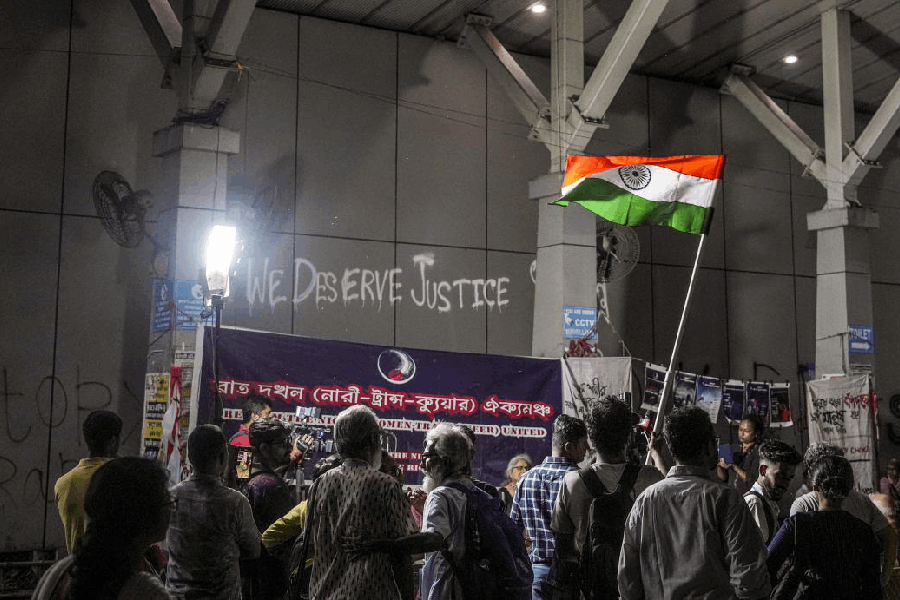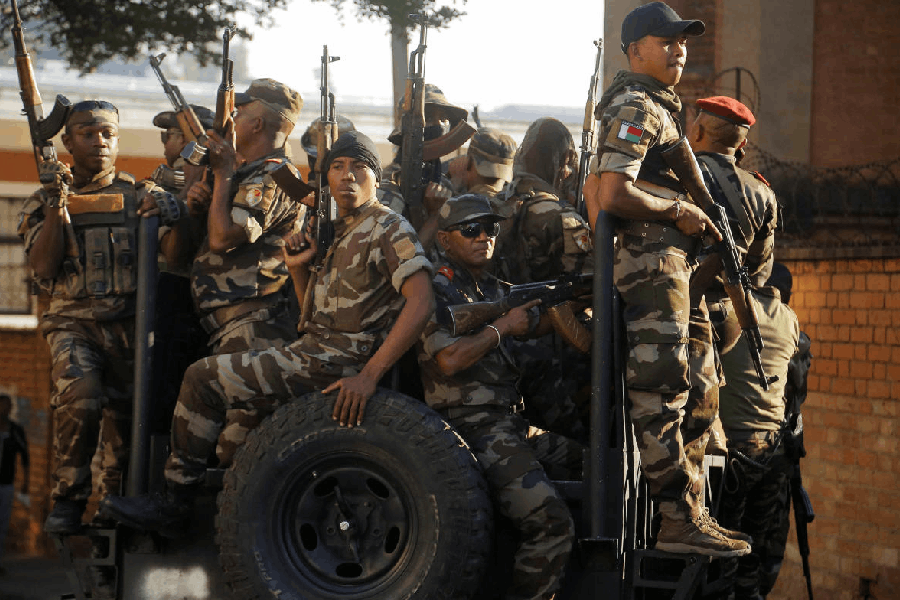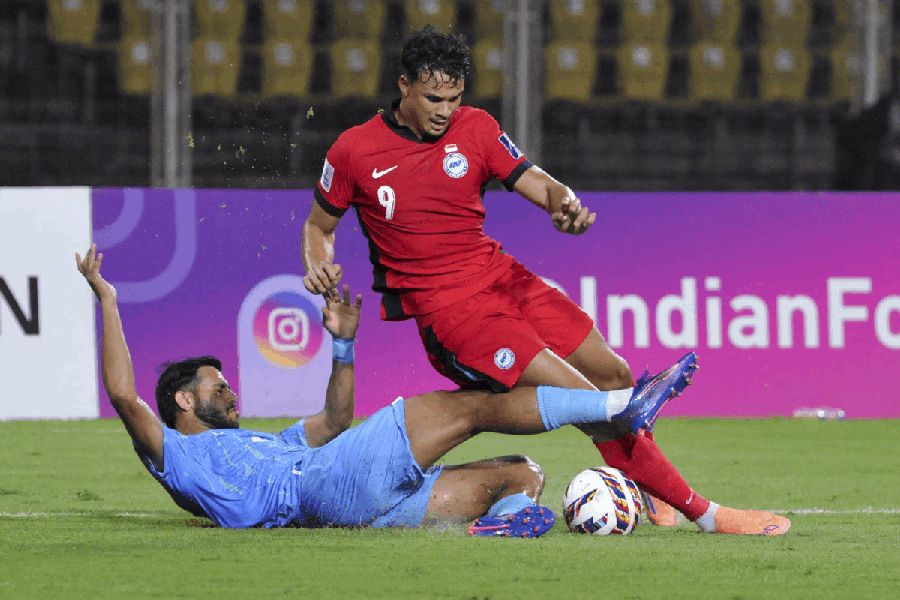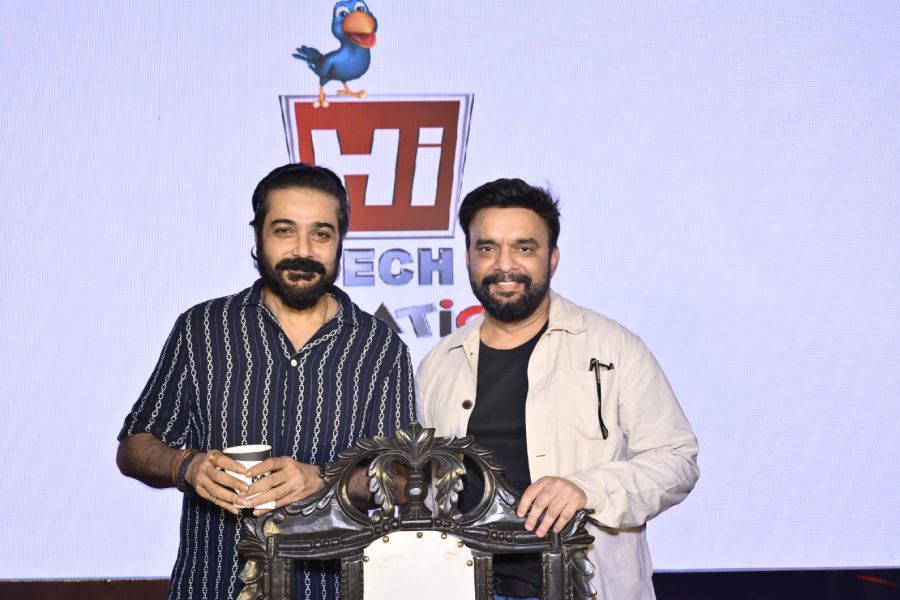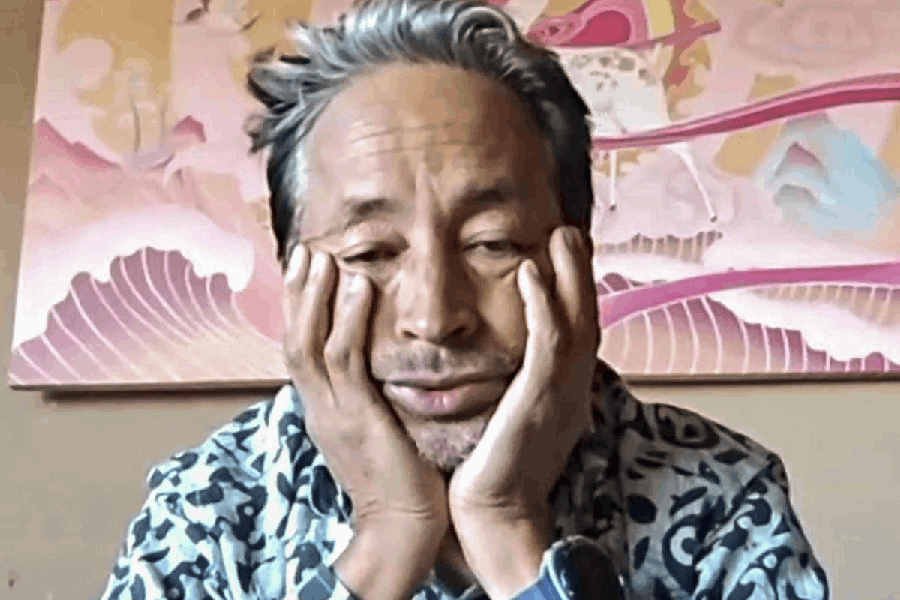|
|
| Smart moves |
When Sonelal Patel, the leader of Apna Dal, exhorted his kinsfolk to “unite and snatch power”, and Om Prakash Rajbhar declared that “without the support of smaller parties, there will be no government”, neither was indulging in hyperbole. The verdict of the 2002 assembly elections in Uttar Pradesh had etched the outlines of a bipolar polity, dominated by the Samajwadi Party and the Bahujan Samaj Party, both regional parties. Five years later, the scenario has been muddled by the emergence of small but potentially consequential outfits.
Lalu Prasad had described the election scenario in Bihar as “free for all” in February 2005. That phrase may well apply to UP as it goes to polls next month. However, unlike Bihar, UP has a line-up of new and formidable boxers, waiting to sock the major players on the chin.
Patel and Rajbhar are two of these. A protégé of Kanshi Ram, Patel parted company with the BSP once his mentor was out of the scene and Mayavati started to call the shots. Personal disagreement apart, Patel also sensed how the Yadavs had usurped the biggest share of the backward caste pie in the post-Mandal phase. He belonged to an equally powerful caste, the Kurmis. He sought to carve out a niche for the Kurmis in the BSP, but soon figured out that there was only space for the Dalits, more specifically for the economically and educationally empowered Yadavs. He launched his Apna Dal in 1996, and adopted Sardar Vallabhbhai Patel as the party’s political icon.
The association with the Iron Man was tangential, at best. The Kurmis of Madhya Pradesh and UP use Patel as a common surname, but nobody can say for sure how they are linked to the Patels of Gujarat, except that farming is a shared occupation. In a sense, they belong to an intermediate caste sandwiched between the upper castes and the most backward castes and Dalits.
Rajbhar was also a chip of the BSP block. Unlike Patel, he represents a caste which is at the bottom of the Mandal heap — socially, economically and educationally. Rajbhars are traditionally forest-dwellers, living off subsistence-farming. He set up the Bharatiya Samaj Party with a single objective: declare the Rajbhars a scheduled caste or a scheduled tribe.
In the last three months or so, Patel and Rajbhar were sought after by the Bharatiya Janata Party and the Congress, where they were courted by Sonia Gandhi, Rahul Gandhi, Ahmed Patel, Salman Khurshid, Sharad Yadav and Rajnath Singh. The Congress and BJP, supposedly vying for the third place in UP, realized that the four, five or six per cent votes the Apna Dal and the Bharatiya Samaj Party had, even on paper, were a valuable add-on. While the Congress agonized and floundered over seat-sharing, the BJP was quick to strike a deal with the Apna Dal.
It is not as though the BJP or the Congress, especially the former, lacks backward caste faces. The BJP’s chief ministerial candidate, Kalyan Singh, is a Lodh-Rajput. It boasts of others such as Vinay Katiyar and Om Prakash Singh. The Congress has Ram Naresh Yadav, a former chief minister, and R.P.N. Singh, a legislator from eastern UP. But their backward caste identities have, willy-nilly, got subsumed in the larger, caste-neutral agendas their parties profess and pursue.
Once upon a time, the frontiers of UP politics were circumscribed by either issues (corruption, communalism) or personalities (the Nehru-Gandhi hegemony). Today, politics is defined by caste, sub-castes and sub-sub-castes. Woe to the party that gets apologetic about the shrinking vision because, thanks to Mandal and the BSP, every caste grouping seeks a place under the political and economic sun. However, UP politics is as much about symbolism as about substance. Patel and Rajbhar are potent symbols of the aspirations of the castes to which they belong. Mulayam Singh Yadav, Kalyan Singh and Mayavati had encapsulated the same aspirations.
This is perhaps one reason why issues such as corruption, which singed the Congress in the Bofors era, and law and order, wash off the backs of the caste-based parties. When Mayavati bobbed her hair, wore diamond ear-rings and acquired a new wardrobe, the makeover was animatedly discussed by the women politicians of the BJP and Congress. No prizes for guessing who commented that her “lavish spending” would be resented by the largely deprived Dalits. Naturally, it was the Brahmin or the Thakur woman.
When a magazine once carried on its cover the picture of a humungous cut-out in Lucknow, which showed women touching Mayavati’s feet, her baiters wondered what had prompted such a gesture. A Dalit bureaucrat averred that envy was the last attribute on the minds of the women, for whom Mayavati was a role model. They could relate the “rags-to-riches” story to her, given her phenomenal political growth. She was not like, say, Indira Gandhi, who had pedigree, a family history and inhabited a different stratosphere.
There is again the law and order situation, a pet peeve of the middle classes. Why did it matter so little in electoral calculations despite heinous episodes like the killing of Mehr Bhargava, wife of a Congress member, in broad daylight, or the Nithari murders and the evident administrative lapses? Nithari, in fact, was supposed to mark the beginning of the end of Mulayam Singh Yadav’s downfall. However, even his Samajwadi Party detractors say that if he loses, it will not be because of Nithari but because the backward caste-Jat-Gujjar-Rajput axis he had forged in the 2004 Lok Sabha election is in tatters, and because his former loyalists with independent caste followings, like Beni Prasad Verma, have upped their ante.
For the Yadavs, Mulayam Singh remains the most visible symbol of how far caste mobility can get a person: mingling with filmstars, socialites and industrialists, who would once baulk at being spotted with a dhoti-clad politician.
Patel and Rajbhar have a long way to travel before they can realistically compete with Mulayam Singh Yadav and Mayavati for the top honours. But the fact that they have charted an independent course marks the beginning of a new trend in UP politics. They imply that creating a backward caste consciousness is impossible because the Yadavs or the Kurmis or the Lodh-Rajputs, who make up the “creamy layer” cannot lord over the Rajbhars or the Mallahs. They are equals, and not their superiors.
It proves a point Brahmins and Rajputs never tire of repeating: “We are the lords and masters before whom the shudras, be they Yadavs, Kurmis or Rajbhars, must genuflect.”







